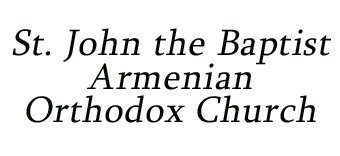DEATH OF HOVHANNES MIRZA-VANANDETSI
Hovhannes Mirza-Vanandetsi was one of the exponents of Armenian classicism in the nineteenth century.
Mirza-Vanandetsi, whose actual name was Amirzade Mirzayan, was born in Van in 1772. He became an orphan at the age of four and was placed in the care of the brotherhood of the monastery of the island of Gduts, where he grew up and received his early education. He was a gifted student and became and deacon. At the age of twenty, he moved to Constantinople to further his education. He studied at the Tbradun School, under the sponsorship of the Armenian Patriarchate, where he studied grammar, rhetoric, and logic. He graduated in 1798 and the following year he was appointed teacher at the recently opened Mesrobian School of Smyrna, where he taught until 1816. He was ordained a married priest in 1817 and remained in Smyrna for the rest of his life. He passed away on February 3, 1841, after a long illness.
